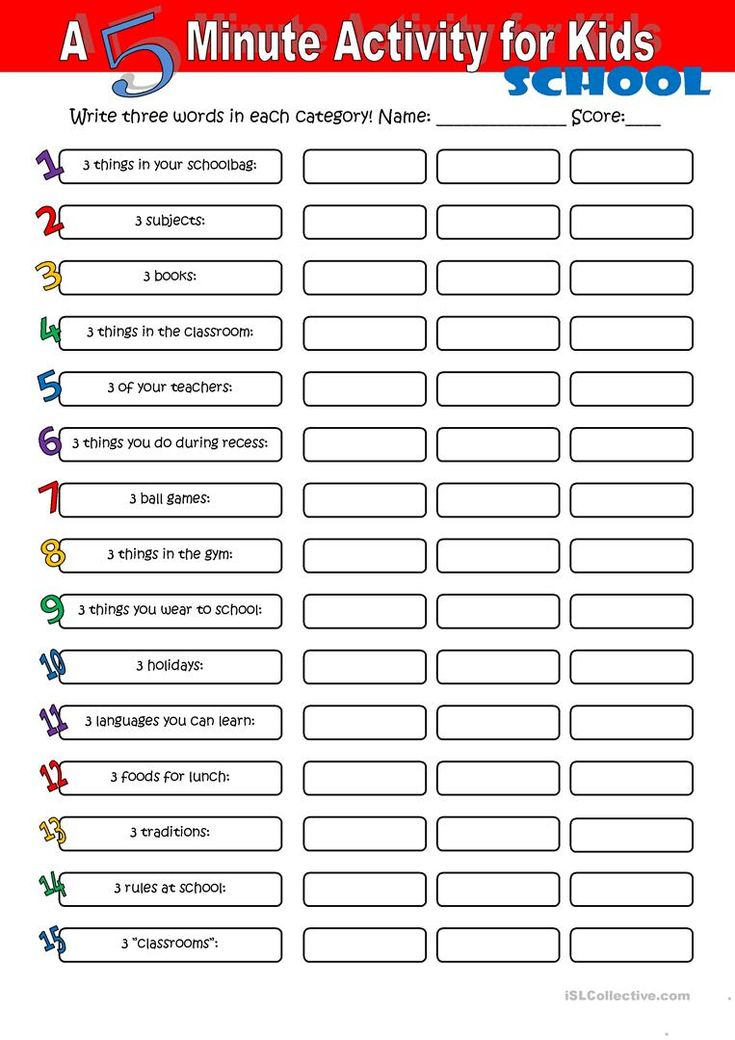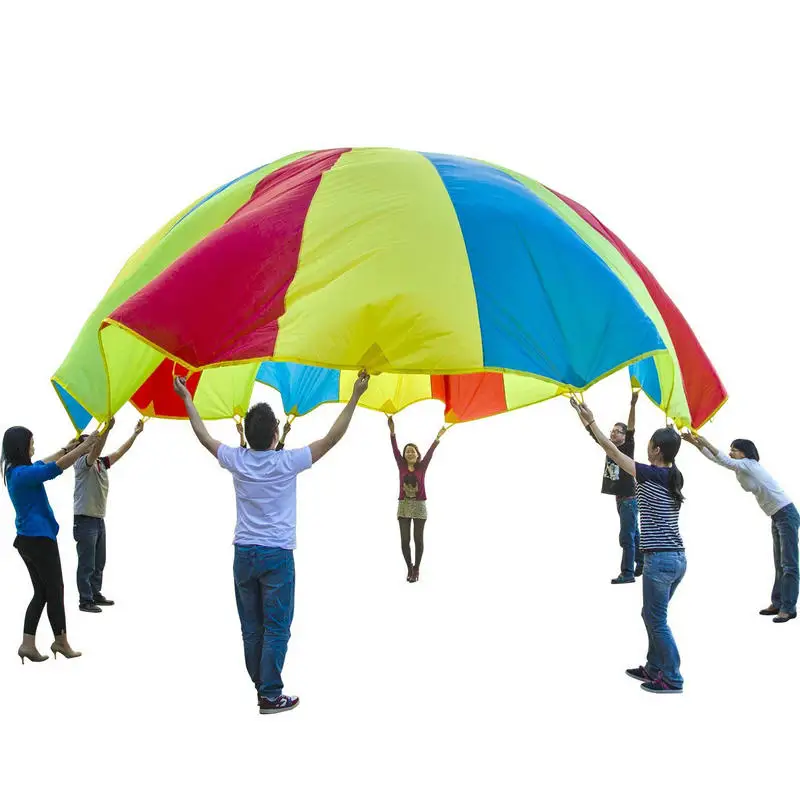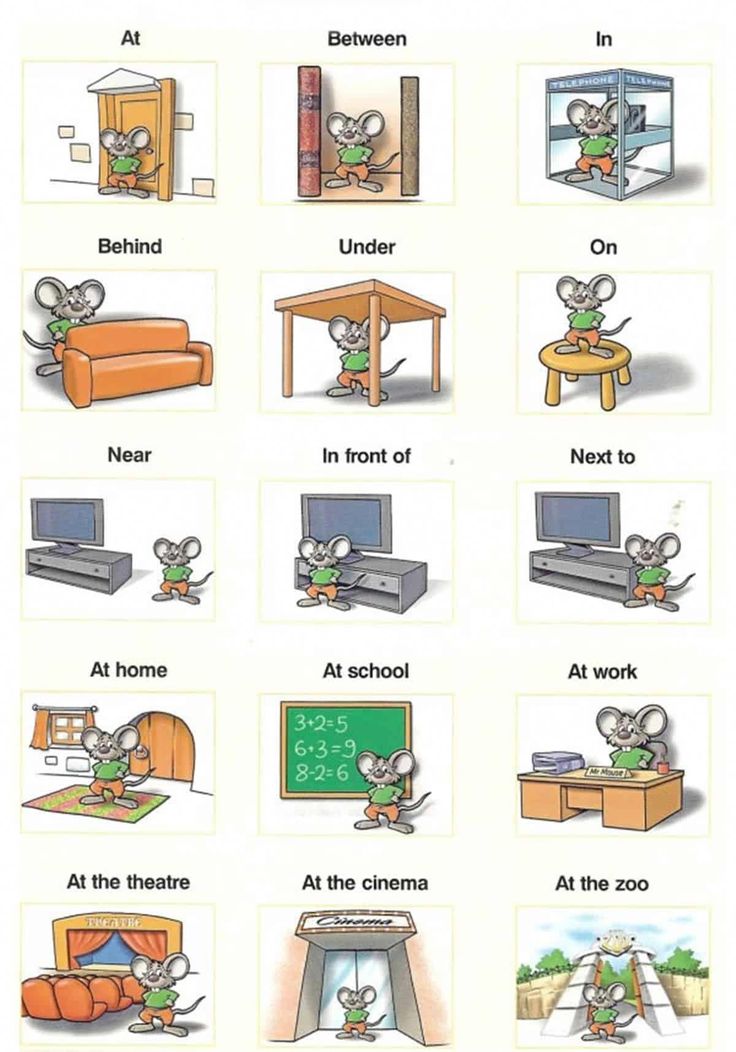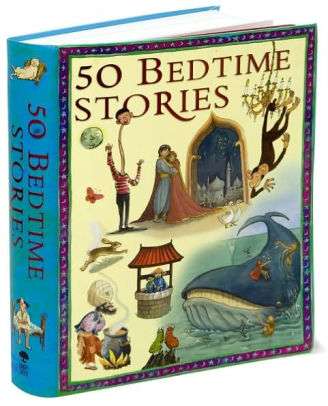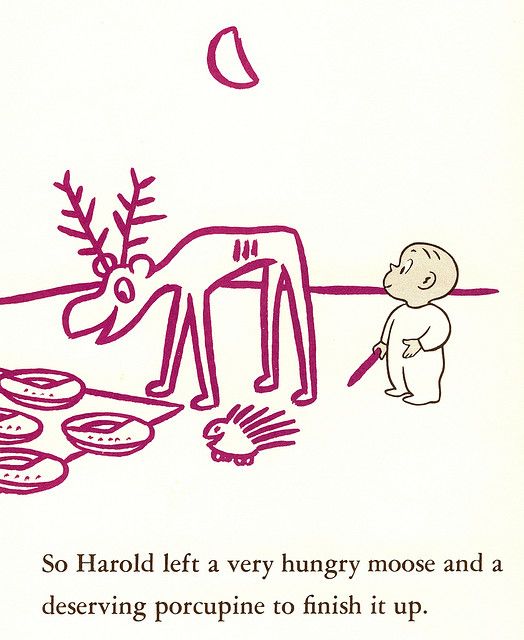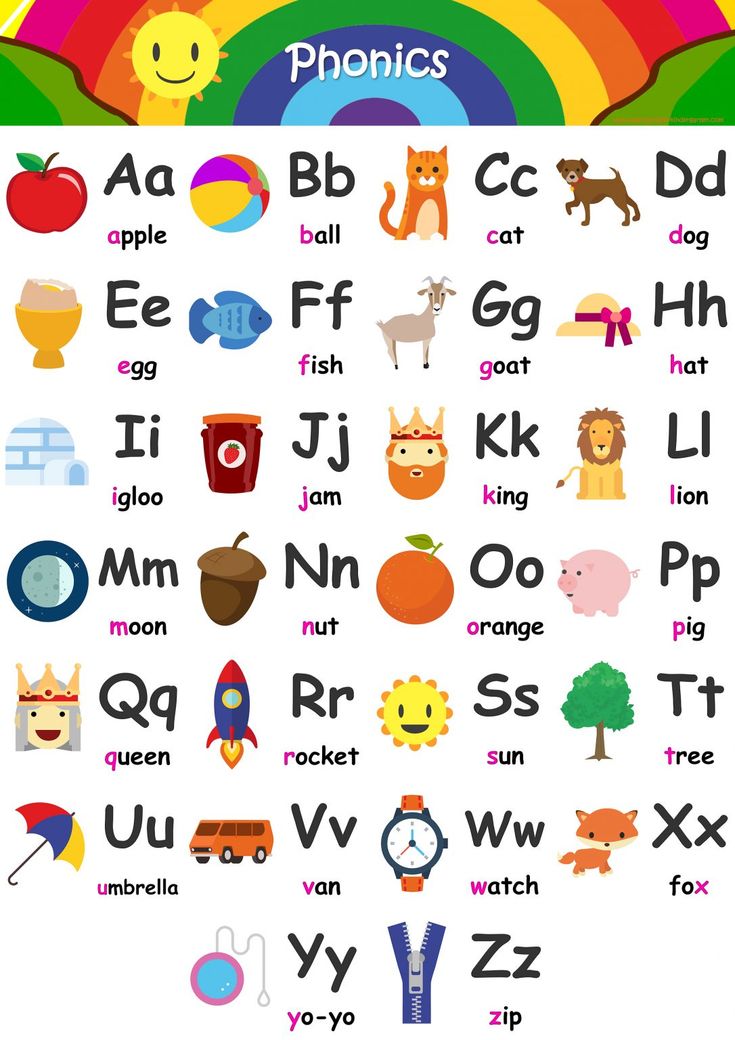Fun written games
Fun Writing Games to Encourage Your Kids to Write
No one ever said that parenting was easy, especially if you’re one of those parents who is struggling with helping their kids with school work. Many children are not fans of writing or any activities that involve writing. Luckily for you, this list is a lot of different and exciting writing games to create a love of writing in your kids so they can write more and have fun doing it.
1. Telephone Pictionary
This game is really engaging and will promote creativity with your children while at the same time pushing them to write. If you have more players it will go better, and all you need is paper and pencils. Every player simply writes a sentence on the paper and passes the paper on. The next player will draw what is represented by the sentence and fold down the paper so only the drawing is visible, then passes the sheet.
The next player will write a sentence that describes the drawing and fold the sheet to keep only their sentence visible. The paper keeps going around in this way until it’s full. Then, all players can compare the original sentence with what happened later for laughs.
2. Story Telling
In this game, you also only need paper and pencils, and all kids will get to write a story together. Onboard, you can write the first sentence of the tale. Then, over the next two minutes, the children will write down the next step of the story. After two minutes, their paper goes to someone else who will continue the story. These papers go around a few times until such time as the story is done. Then, you can enjoy sharing the different and funny stories that were created.
3. Fill in the Blanks
For this game, you need some story sheets with blank spots. According to Rick Steele, an educator at Academized and Ox Essays, “to play, you just have to give the sheet to your child and they will fill in the blanks however they want by using their imagination. Then, you can read the finished story together afterward.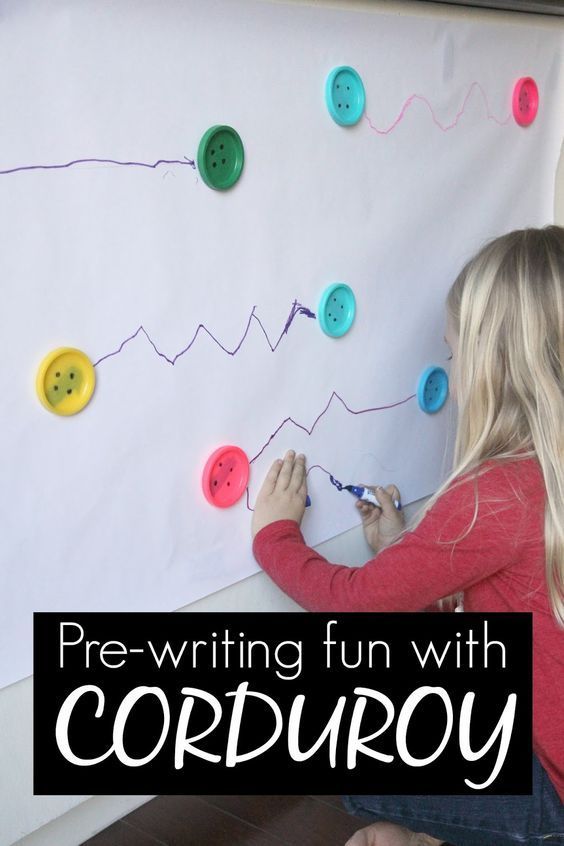 ”
”
It can be difficult to get your children to write if they don’t like it, but there’s a lot of writing games that can make the process more exciting.
4. Birthday Cards
Every time there is a family birthday or special event, or during the holidays, you can get your children to write the birthday card. This will make them speak their thoughts about their family members as well as encouraging them to write in the process.
5.Cursive Name Writing
This game can be exciting to learn to write in cursive. You can take a sheet and fold it in half. Ask your children to write their names in cursive in large script, along the top of the folded crease. They can trace over the writing time and time again, then they can go over the folded piece until they create a mirror image on the other side of the sheet. Then they can cut out their names until the writing looks like a large bug.
6. Challenge for Vocabulary Terms
This game is better for children that can write comfortably and are more than six years old.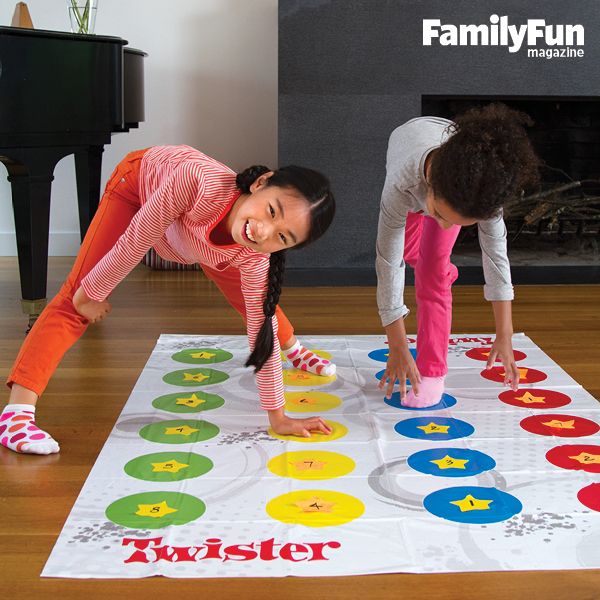 You can give your child a new word and tell them what the meaning is. Then, Henrietta Fillon, a tutor at Big Assignments and Elite Assignment Help, says “you can challenge them to write a sentence with the new word in it. You can also ask your child to write a complete story about this word if you have time for it. You can also ask for drawings if they don’t enjoy writing much.”
You can give your child a new word and tell them what the meaning is. Then, Henrietta Fillon, a tutor at Big Assignments and Elite Assignment Help, says “you can challenge them to write a sentence with the new word in it. You can also ask your child to write a complete story about this word if you have time for it. You can also ask for drawings if they don’t enjoy writing much.”
7. Comic Strip Fun
This activity is better for older children who already know how to read and write, especially if they like storytelling. You can get some comic strips for your children and ask them to fill out the dialogue bubbles (which should be blank, to begin with). Then, challenge them to make it more exciting. They can also draw with crayons to make more colors and liven up the comic strip.
It can be difficult to get your children to write if they don’t like it, but there’s a lot of writing games that can make the process more exciting. By spending time with your children to focus on learning to write, they will prosper and learn to enjoy writing.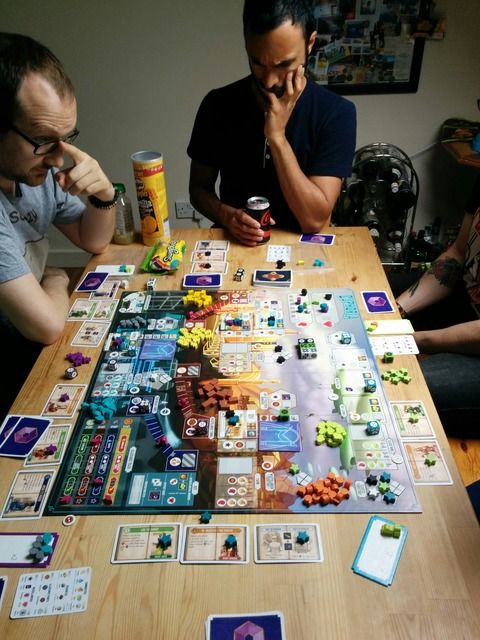
About the author: Ellie Coverdale, a writer for UK Writings and Essayroo, shares her thoughts and opinions on education and writing. She loves fostering a desire to read and write in children and stresses the importance of writing skills for all people, regardless of age. In her spare time, she teaches writing skills for Boom Essays.
10 Quick and Fun Writing Games Students and Teachers Love
The best writing games to engage students
A colleague of mine recently shared these ten great writing game ideas to improve literacy skills in the classroom. They are simple to play and can be applied to nearly all year levels.
These are some of the best writing games that require minimal or no setup time and are an excellent option for substitute teachers looking to quickly break the ice with students or English teachers just seeking fresh ideas to brighten up their lessons. Enjoy.
Enjoy.
Remember that if you are looking for more excellent free resources and structured guides to teaching all aspects of English, especially writing, be sure to visit literacyideas.com.
Sentence StretchingStart with a short sentence or group of words. Pass it around to about 6 people, with the rule that each person must add (a word or a group of words) or change ONE word ( to another word or a group of words) to make the sentence more specific and more enjoyable.
Rebus writingStudents write sentences or longer texts and substitute drawings for nouns.
COMPLETE DIGITAL AND PRINT FUN WRITING UNIT
25 FUN and ENGAGING writing tasks your students can complete INDEPENDENTLY with NO PREP REQUIRED that they will absolutely love.
Fully EDITABLE and works as with all DIGITAL PLATFORMS such as Google Classroom, or you can PRINT them for traditional writing tasks.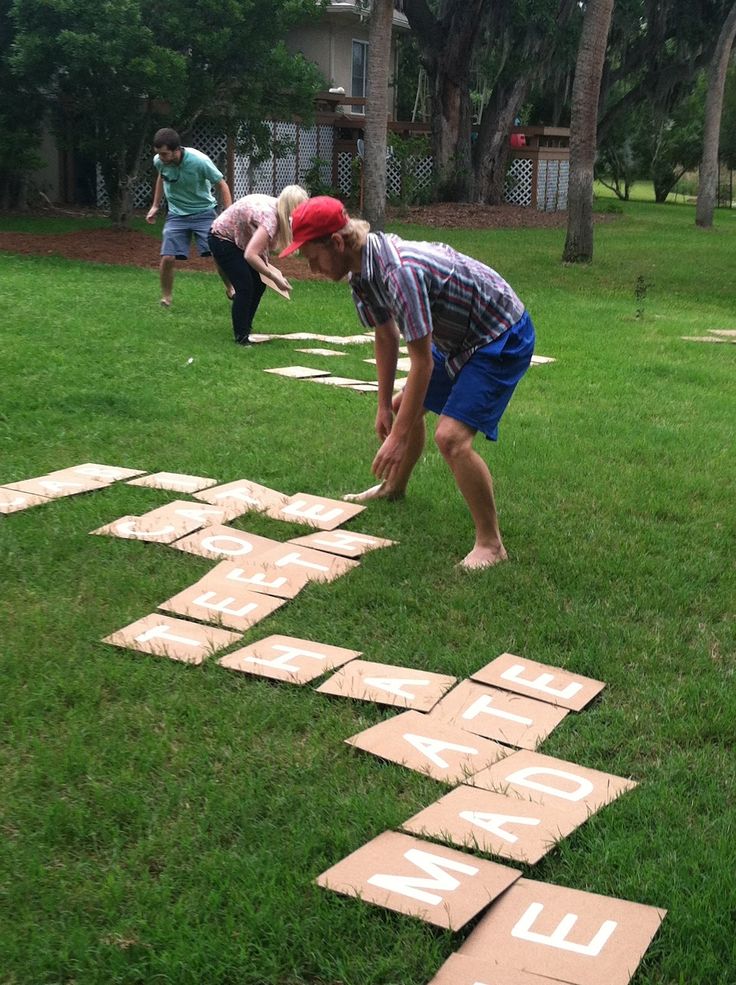
Download from TpT
It’s in the bagPlace an object in a bag- ensure the students don’t see it. Students feel the object in the bag and use words to describe how it feels. They take it out and add /alter their adjectives.
Touch and tellAn object is passed around a group of students. Each student suggests an adjective to describe it.
Alternative
Students provide an adjectival phrase or clause to describe the object
Verb DrawStudents randomly select from a box a picture of an animal, person or object that moves. They brainstorm action verbs for the chosen object.
Alternative
The students can supply verbs and adverbs
They can supply adjectives or adjectival groups
Hot SeatRead a text ( this case narrative), and at a particular point, stop and ask students to select a character and suggest, for example:
- What the character is doing, thinking, and feeling ( focus on processes)
Students locate and change one word that will alter the sentence’s meaning.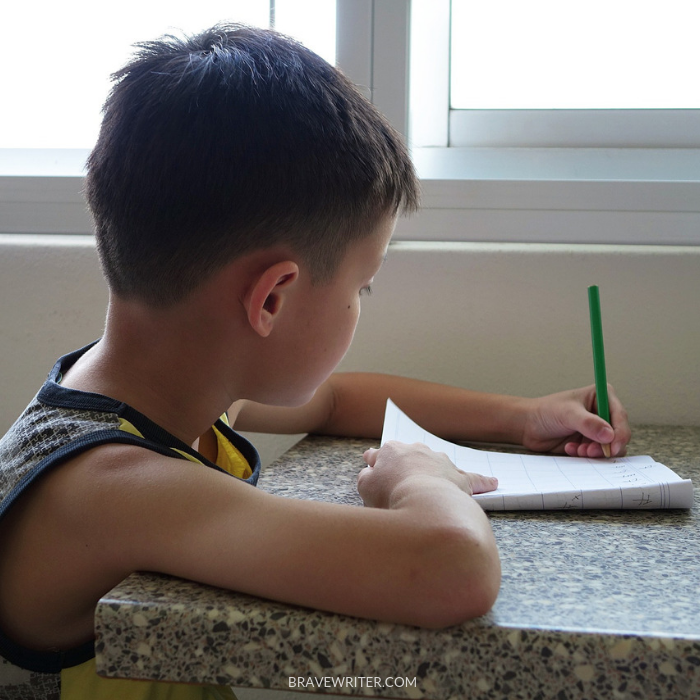
They share their alterations and discuss which part of speech was the most important in changing the meaning.
Locate and classifyRead a text and ask students to write nouns on cards ( red), adjectives (blue), and articles in orange. Rearrange words to create different noun groups. Students can also locate verbs ( green card) and adverbs (yellow). Rearrange all the words to create new sentences.
Alternative
Students can locate adjectival phrases, clauses, or adverbial phrases and write these on other coloured cards.
Grammar toss- Sentence makingPlayers must throw a 1 before they can begin. The winner is the first person to make a sentence that includes all of the following:
- A group of words that tell what or who ( singular)
- A group of words that tell when
- A verb in the past tense
- An adverb telling how
- A group of words telling where
They can then rearrange the sentence parts to see how many ways they can make another meaningful sentence.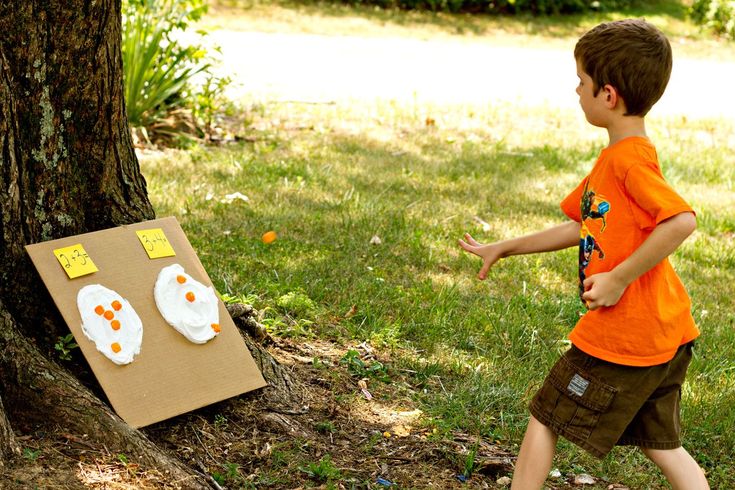
Alternative
Other parts of speech can be used for each number thrown.
Toss and writeBefore the activity, a cube is prepared. Upon each face of the cube, a task is written that requires specific grammar knowledge. For example:
Make a sentence
Make a question
Provide two adjectives
Provide two verbs
Create a noun group (e.g. article, adjective/s noun)
Provide a noun and an adverb
Students select a subject ( noun) from a tin. They throw the cube, and whichever side of the cube faces up is the task they must attempt.
OTHER GREAT ARTICLES RELATED TO WRITING GAMES
7 FUN WRITING ACTIVITIES FOR THE RELUCTANT WRITER No doubt about it – writing isn’t easy. It is no wonder that many of our students could be described as ‘reluctant writers’ at best. It has been estimated by the National Association of Educational Progress that only about 27% of 8th and 12th Grade students can…
how to write a scary story in 5 Easy Steps Most of us love a good scare! From our first game of peek-a-boo as a child through those ghost stories around a campfire as a teen, surprises and a little fright or two never lose their appeal.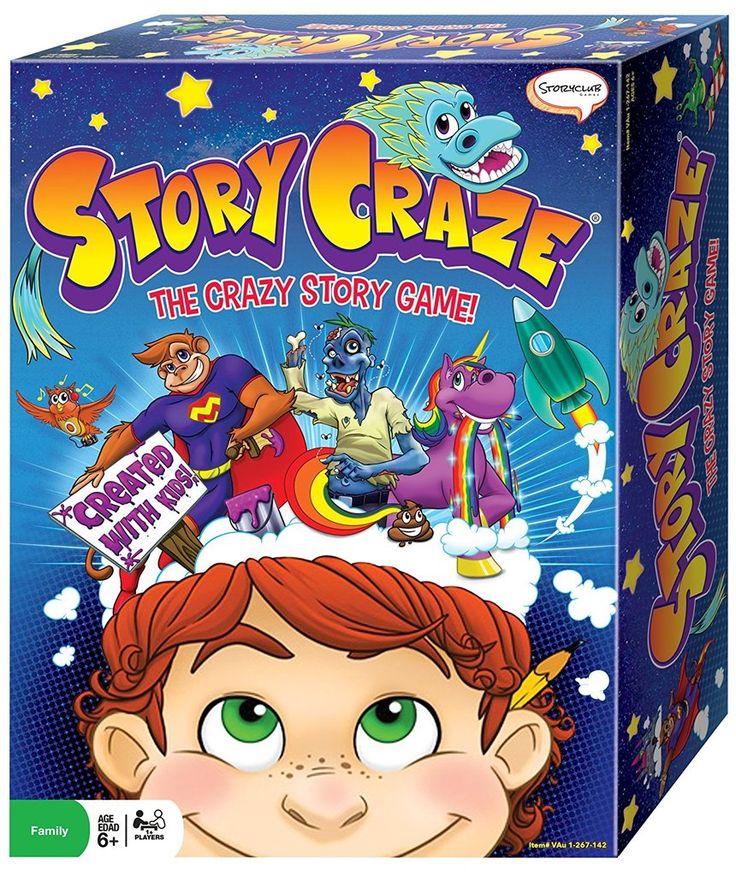 It’s the reason why horror movies remain big…
It’s the reason why horror movies remain big…
Look no further for fun and engaging writing ideas that will make you the coolest substitute teacher in town.
The content for this page has been written by Shane Mac Donnchaidh. A former principal of an international school and English university lecturer with 15 years of teaching and administration experience. Shane’s latest Book, The Complete Guide to Nonfiction Writing, can be found here. Editing and support for this article have been provided by the literacyideas team.
10 paper games - Let's play together! — LiveJournal
In our childhood there were a lot of different games, most of them we just kept in our heads, the rules were passed on to each other during the game. Many of these games were played with just a pair of pencils or pens and a piece of paper.
Paper games can safely be called the most intelligent and developing. And now they are forgotten quite undeservedly. It is worth teaching children to play these games, and they can always be occupied on a long road or in rainy weather at home and in the country.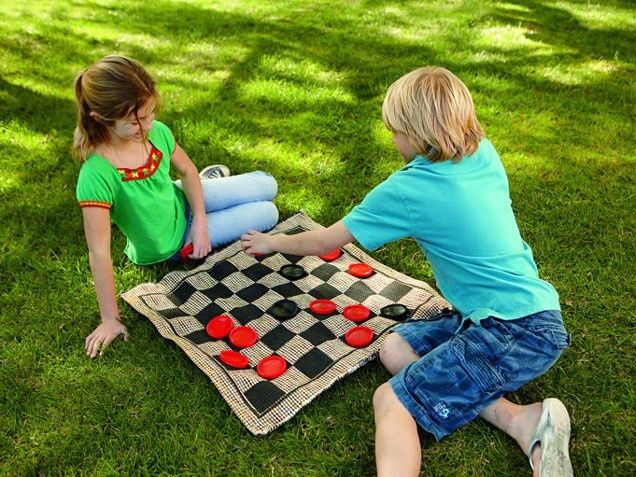
1. Tic-tac-toe
This is the most famous of these games. For her, paper is not always needed, just a foggy window pane in a minibus or a couple of twigs and sand underfoot ...
A playing field is drawn 3 by 3 cells (9 cells in total). Players take turns making moves by placing a cross or a zero in an empty cell. Purpose of the game: to build a line of 3 crosses or zeroes horizontally, vertically or diagonally. It is extremely difficult to win in this game, basically the game comes down to a draw and more than one game is played.
But still there are certain combinations of moves that lead to victory. ))
When you get tired of playing on a small field, you can increase the field or not limit it at all. On such a field, players take turns making moves until someone manages to line up a line of five characters horizontally, vertically or diagonally.
2. Battleship
This is one of the most favorite games of our childhood.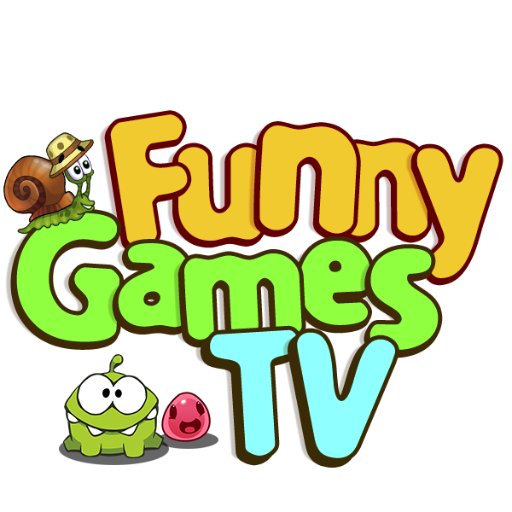 ))
))
I think everyone remembers the rules. And for those who do not remember, we will remind. This game is for two.
The goal of the game is to sink all enemy ships. Ships are located on 2 square fields measuring 10 by 10 cells. You place ships on your field and the enemy strikes at them. And on the other field, the enemy has his ships. Each player has an equal number of ships - 10 pieces:
Single-deck (1-cell size) 4 pieces
Double-deck (2-cell size) 3 pieces
Three-deck (3-cell size) 2 pieces
Four-deck (4-cell size) 1 piece
When placing ships on the field, it must be taken into account that there must be at least one empty cell between them; ships cannot be placed close to each other.
During his turn, the player selects a cell on the opponent's field and "shoots", calling its coordinates "a1", for example. At the same time, he marks his move on his additional field. If you sank the enemy ship, then the opponent must say “killed”, if you wounded the ship (that is, you hit a ship with more than one deck), then the opponent must say “wounded”.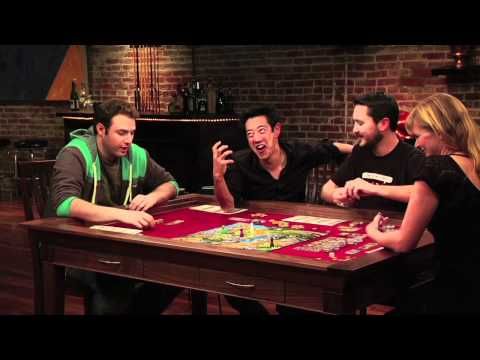 If you hit the opponent's ship, you continue to "shoot".
If you hit the opponent's ship, you continue to "shoot".
The game ends when all ships of one of the players are "sunk".
3. Tanchiki
The game requires an A4 sheet folded in half (you can also take any exercise book sheet). Two players draw 10 tanks each on their own half of the sheet. Having finished the alignment of forces, the players begin to “shell” each other in this way: the shot is drawn in their own half of the field, then the sheet is folded in the middle and the shot, visible through the light, is marked in the second half of the field. If the shot hit the tank, then it is considered "knocked out" and one more additional shot is needed to destroy it. If the player hit the tank directly, then one shot is enough.
Each successful shot entitles the player to the next shot. To complicate the game, you can introduce a ban on the next shot at a freshly knocked out tank.
4. Hands
Even small children who are already familiar with numbers can play this game.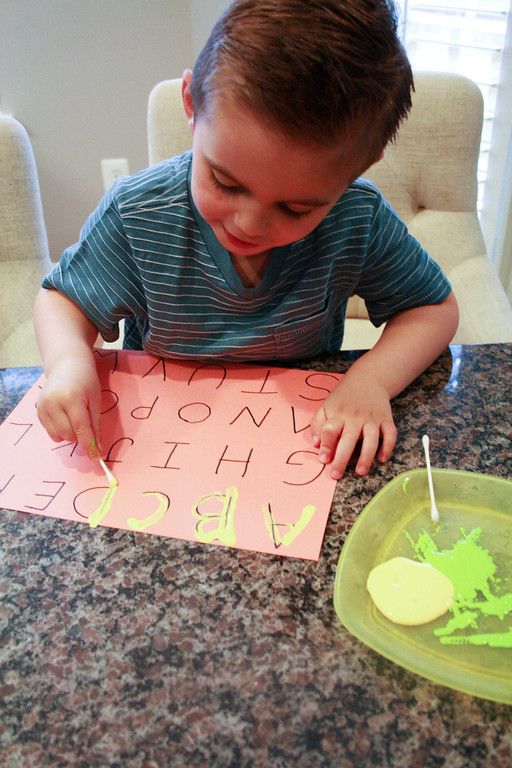
It will help you learn how to quickly navigate the numbers and concentrate.
For the game you will need two sheets of paper in a cage, on each sheet the player circles his palm. Now, in the space bounded by the drawing, numbers from 1 to ... are randomly arranged here. Here you need to agree in advance. Next, the game begins. One player calls an arbitrary number, while the other tries to find this number on his palm, while the first player quickly puts crosses in the cells on his sheet, starting from the top left cell. The winner is the one who quickly fills all the cells of his field with crosses.
5. Points and lines.
The conditions of this game on paper are simple: let's put a few dots on a sheet of paper (at least 8, and preferably at least 15). Two players play by connecting any two points in turn with a line segment. You cannot capture the 3rd point, and each point can be the end of only one segment. The segments must not intersect. The one who cannot make a move loses.
In the figures you can see the correct connection of the dots.
and incorrect
6. Dots
We played this game at the institute during boring lectures. It develops tactical and strategic thinking.
The playing field is an ordinary sheet of paper in a box, if there is a lot of time and patience, you can play on a whole notebook spread. The playing field can be circled with a line and forbid by the rules to put dots on this border. Each player must have a pen or pencil of their own color. Players take turns putting dots in random places at the intersection of cells.
The goal of the game is to capture as many paper possessions as possible. A territory is considered captured if it is surrounded by dots of its color. The dots must be spaced one cell apart horizontally, vertically, or diagonally. The captured territory is painted over with its own color or a fortress wall is drawn around it (thick line). If you managed to encircle the territory or points of the enemy with dots, they are yours.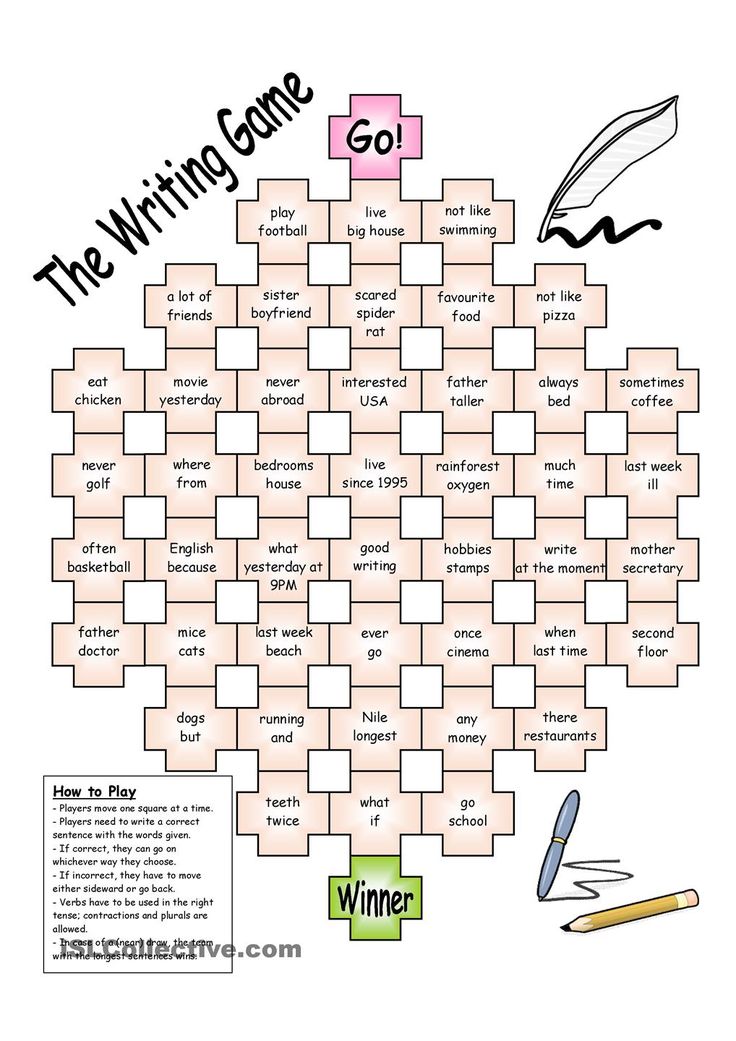 After such a capture, the player is granted the right of an extraordinary move. In some versions of the game, you can capture only those territories where there are already enemy fortifications. In others, any land is available to you, including free ones. Choose what you like best. At the end of the game, the size of the occupied lands is calculated and the winner is declared. Most often, there is no need to specifically count anything - the result is obvious.
After such a capture, the player is granted the right of an extraordinary move. In some versions of the game, you can capture only those territories where there are already enemy fortifications. In others, any land is available to you, including free ones. Choose what you like best. At the end of the game, the size of the occupied lands is calculated and the winner is declared. Most often, there is no need to specifically count anything - the result is obvious.
Can also be played with younger children. In this case, the playing field should be made quite small - a quarter of a notebook page or even less, and take paper with large cells.
7. Numbers
Did you play such a game on a notebook in a box at school or institute? We played half of the hostel. ))) I held on for a long time, but then I plunged into it with my head, but an hour home on the train flew by unnoticed.
It was called differently: numbers, numbers, seeds, 19, but the meaning of this did not change.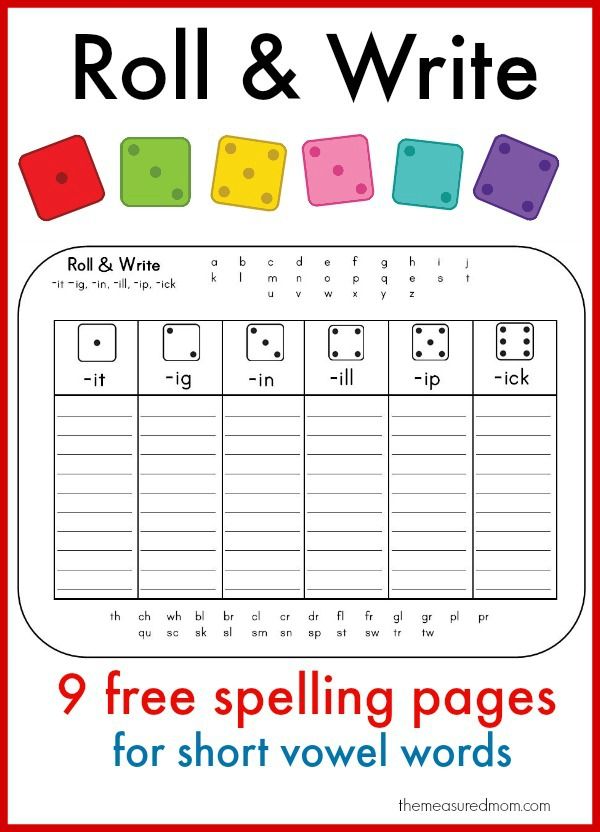 You write out the numbers from 1 to 19 in a row, in a line up to 9, and then you start the next line, in each cell, 1 digit. Then you cross out paired numbers or giving a total of 10. One condition - the pairs must be next to or through the crossed out numbers horizontally or vertically. And after you have crossed out all possible pairs, you rewrite the remaining numbers at the end. The goal is to completely cross out all the numbers.
You write out the numbers from 1 to 19 in a row, in a line up to 9, and then you start the next line, in each cell, 1 digit. Then you cross out paired numbers or giving a total of 10. One condition - the pairs must be next to or through the crossed out numbers horizontally or vertically. And after you have crossed out all possible pairs, you rewrite the remaining numbers at the end. The goal is to completely cross out all the numbers.
8. Hangman
A bit inhumane game, but still. As a child, we combined the yard game of Cossack robbers with the "gallows"!.
The meaning of this game is to guess the word by letter in a certain number of moves.
One player thinks of a word (simple and short to begin with). He writes his first and last letters, and instead of the missing letters we put dashes. The task of the second player is to guess the hidden word. He names a letter. If this letter is in the word, we enter it in its place. If not, then we write the letter to the side so as not to repeat ourselves, and we begin to draw the "gallows" - a vertical line.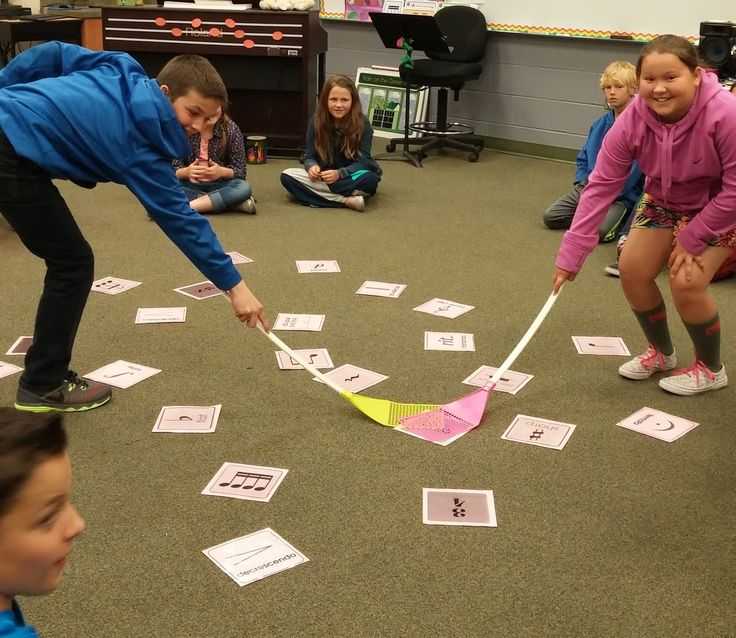 With the next error - horizontal (it turns out something like the letter g). Then a rope, a loop, a man's head, a torso, arms and legs are drawn. For these several attempts, the player must guess the word. If it didn't work out, you lost. If he had time, it was his turn to think of a word.
With the next error - horizontal (it turns out something like the letter g). Then a rope, a loop, a man's head, a torso, arms and legs are drawn. For these several attempts, the player must guess the word. If it didn't work out, you lost. If he had time, it was his turn to think of a word.
9. Balda
Another game with words. Here you can play with two, three or even one.
A square playing field with 5x5 cells is drawn on a sheet of paper, for example. In the middle row we write a word of five letters. Players take turns making moves. In one move, a letter is entered into a free cell in such a way that a new word is formed each time. Words can be read in any direction except diagonal. For each word, the player receives as many points as there are letters in the word. Words are written on the side of the field so that other players do not repeat them. The game ends when all the cells are filled with letters or none of the players can come up with a new word.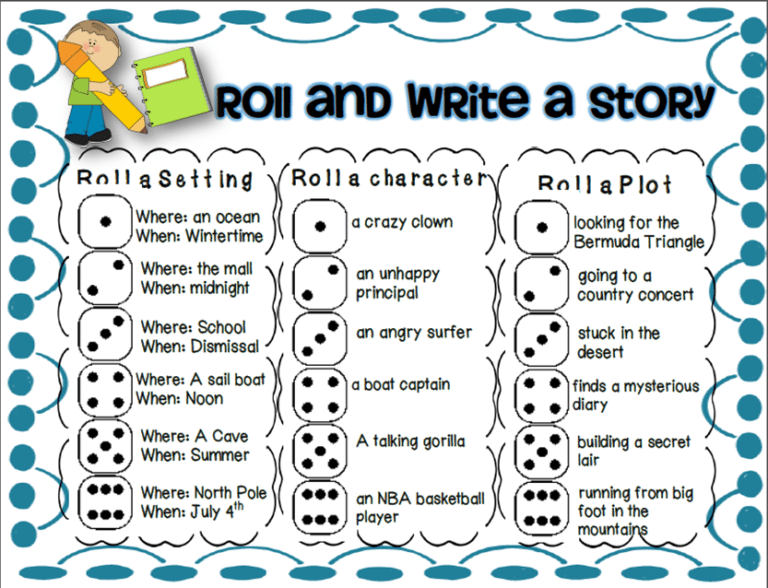 After that, the number of points is calculated. Whoever has the most wins.
After that, the number of points is calculated. Whoever has the most wins.
10. Dots and squares
Game for two players. You will need a sheet of paper, preferably in a cage, and a pair of pens in different colors.
On a piece of paper, a playing field is drawn in size from 3 * 3 squares, and more (up to 9 * 9), depending on the level of the players.
The essence of the game: players take turns drawing lines one cell long, trying to create squares of 1 by 1 inside the field. If your line has become the final one in the square, put your sign in it and get the right to an additional move. The moves continue until you put a line that does not close any square. The game ends when the entire field is filled. After that, the number of squares closed by each player is counted and the winner is announced.
For all its simplicity, a game with a twist. Here you can calculate the moves ahead and try to put your opponent in a disadvantageous position, forcing him to make an uncomfortable move.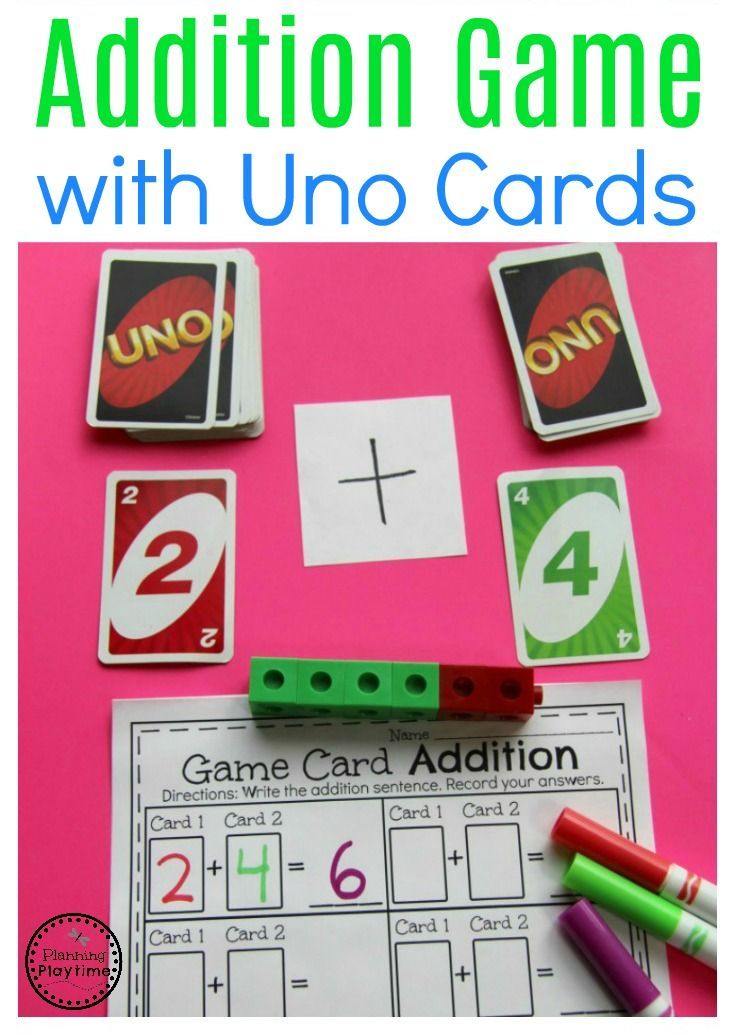
What games did you play? Share with us the "paper" games of your childhood!
Tags: For preschoolers, For schoolchildren, M&D, Strategy games
Funny games - fun and games without a computer for kids!
Games from this section will not only entertain your children, but will also cheer them up. Games for fun, games for joy, as well as funny children's entertainment will help you to cheer up the kids!
Save for yourself, share with friends:
This game is easy, fast and fun to help introduce to a group of guys. It is very lively and noisy, but it quickly unites the children's team.
More about the game Bedspread
Rating : 3.3 (votes 28), comments : 2
Fascinating and very fun fun game for parents playing with the smallest children
More about the game Dariki Mosquitoes
Rating : 2.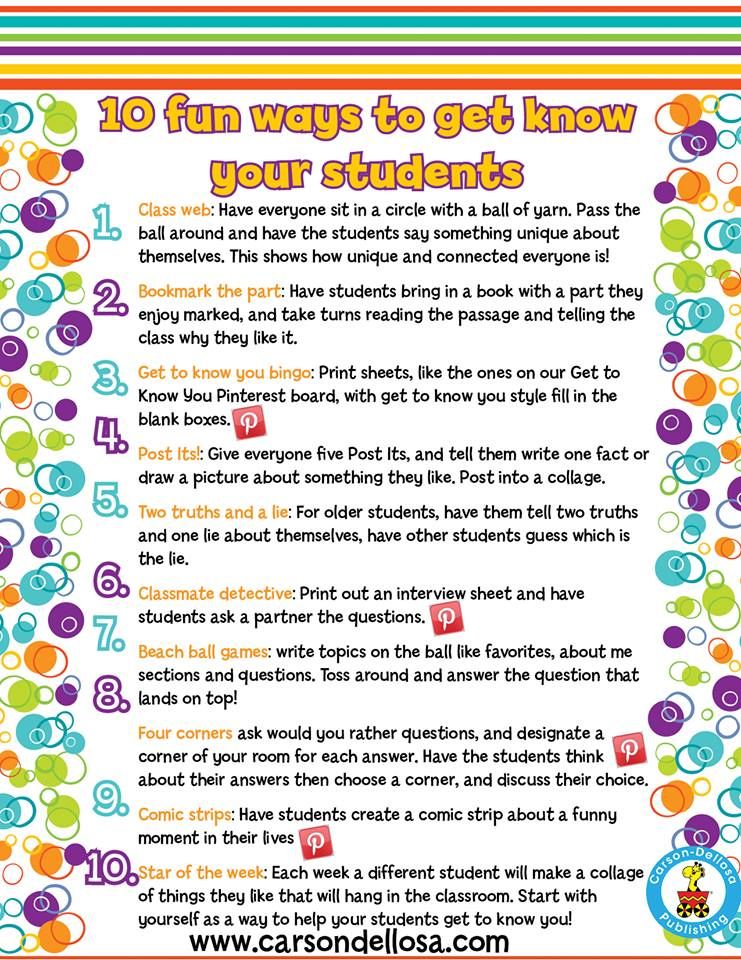 8 (votes 19), comments : 1
8 (votes 19), comments : 1
Today we want to tell you about a wonderful joke game for teenagers. It is perfect for children's party , birthday or children's camp .
More about the game Whistle
Rating : 3.2 (votes 272), comments0128 mobile game for teams physically prepared boys . It's not enough to jump on the Elephant - here you can still hold on to it!
More about the game Elephant
Estimation : 3.2 (votes 552), Comments : 19
District collective game with the driver , Developing Complement in players, but , but for drivers. Players get confused and call the driver for help in unraveling.
More about the game Granny, untangle the threads!
Rating : 3.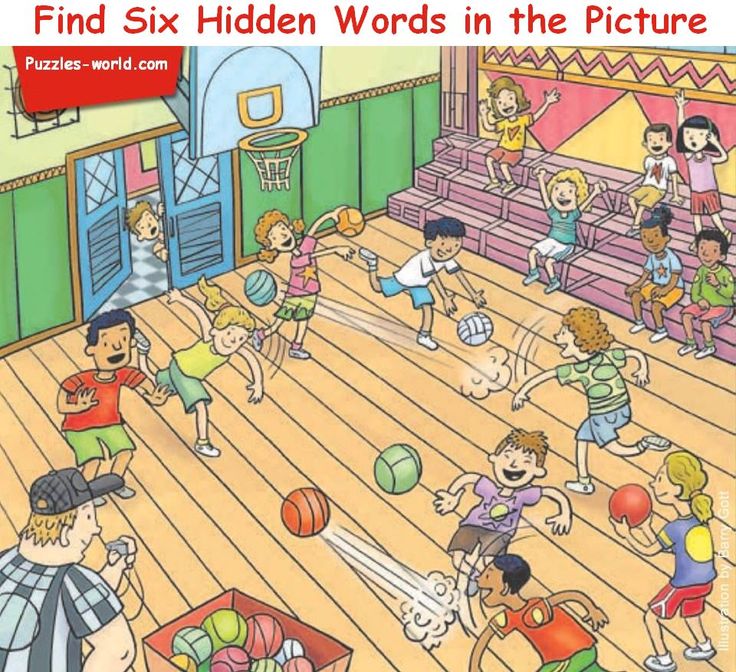 8 (196 votes), comments : 33
8 (196 votes), comments : 33
A fun and noisy question and answer competition game. This is a great chance for players to show their erudition, quick wit and resourcefulness, and also have fun in road or house .
More about the game Who am I? (Tarantinki)
Rating : 3.8 (565 votes), comments : 88
Two funny children's games - entertainment , without much deep meaning, but very noisy and funny and built on the same principle: find your shoes among the big pile!
More about the game Cinderella
Rating : 4 (votes 251), comments : 43
Another game whose name comes from the word "be silent" and quickly became a proverb. "Well, are we going to play silent?" - a phrase that has become a classic of investigators from many detectives.